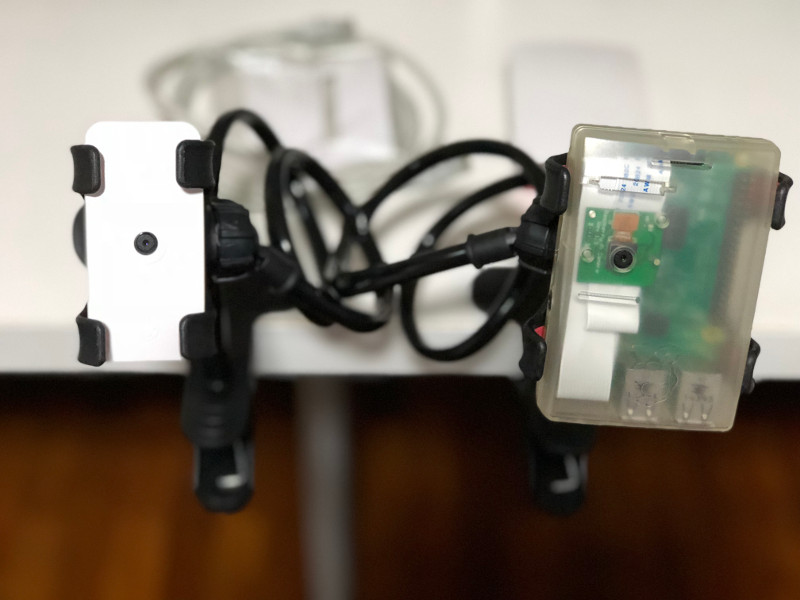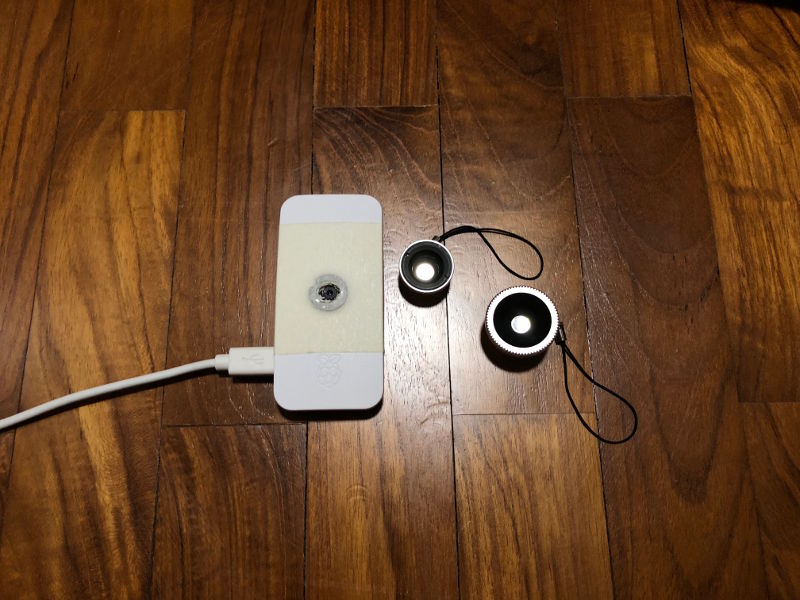Undeniably, Calin Crisan had created one of the best way for us to build a Raspberry Pi security camera. In addition to the ease of setup via motionEyeOS, the motionEye web-based frontend is also easy to use.
Since a Raspberry Pi security camera is used for surveillance, we will want it to record videos of things that happened when we were not looking.
However, recording footages of the surveillance area when there were no motion being detected is wasteful. Moreover, it is hard to get to the video recording of a stranger moving your flower pot when there are too many redundant video clips in your Raspberry Pi security camera.
Even if we switched on motion detection for the entire video frame, there could be motion detected outside of the area of interest. For example, we may be interested in birds resting on our plant rather than birds flying in the sky.
So how do we configure motionEye to only capture video if there are movements in a particular section of the surveillance area?
This post will show you how to do so.



Follow us